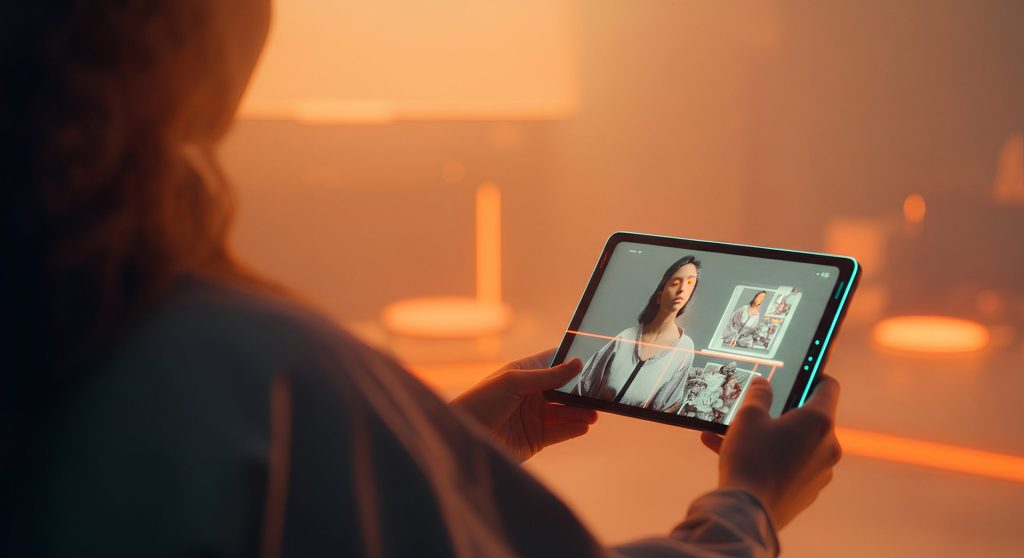
Creating high-quality videos used to require powerful computers and costly programs like Adobe After Effects or Premiere Pro. Today, things have changed. With modern online tools, ready-made templates, mobile apps, and browser-based editors, anyone can produce professional-looking videos without spending hundreds of dollars on software licenses.
Whether you’re a content creator, small business owner, or someone starting a YouTube channel, this guide will show you how to make polished videos on a budget.
Online videos
1. Use Online Video Editors (No Installation Needed)
Online editors are becoming incredibly powerful, giving you access to timelines, transitions, effects, animations, and even AI tools — all directly in your browser.
Popular Free or Affordable Options
- CapCut Web – Great for short-form content, auto-subtitles, color grading, and templates.
- Canva Video Editor – Drag-and-drop simplicity with thousands of templates.
- Clipchamp (Windows) – Built into Windows, simple and beginner-friendly.
- InVideo / FlexClip – Perfect for business videos, ads, and social media posts.
Why Online Editors Are Great
- No expensive computer needed.
- No software installation.
- Cloud storage included.
- Many built-in templates (social media, YouTube intros, ads, promos).
2. Work With Video Templates for Fast, Professional Results
Templates are the easiest way to achieve studio-quality design without hiring motion designers.
Types of Templates to Use
- YouTube Intros/Outros
- Lower Third Titles
- Logo Animations
- Slideshows & Promo Videos
- Instagram & TikTok Story Templates
- Transitions and Motion Graphics
Many platforms (including your own website if you offer templates) provide MOGRTs, After Effects templates, and online-editable designs that save hours of work.
Even if you don’t use After Effects, many services allow you to customize the template directly online — fonts, colors, text — and export the video in minutes.
3. Use Your Smartphone as a Recording Studio
You no longer need a DSLR or expensive camera. Modern phones shoot incredible footage.
Improve Phone Video Quality By:
- Shooting in 1080p or 4K
- Using natural light near a window
- Turning on grid lines for better framing
- Using a cheap tripod or stabilizer
- Cleaning your camera lens before recording
A $10 microphone can make your audio sound far more professional than relying on your phone’s built-in mic.
4. Use Free Audio & Music Resources
Professional videos need great sound. Luckily, there are many free resources:
- YouTube Audio Library
- Mixkit
- Pixabay Music
- Freesound.org (be sure to check licenses)
Use background music, sound effects, whooshes, and transitions to make your edit feel polished.
5. Use AI Tools to Speed Up Editing
AI has made video production easier than ever.
Helpful AI Features:
- Auto subtitles & captions
- Auto reframing for vertical/horizontal formats
- Background noise removal
- Script generation
- Text-to-video tools
- AI color correction
- Face enhancement or portrait retouch
CapCut, Canva, and many online editors include these features for free or very cheap.
6. Export in the Right Settings
To keep your videos crisp:
- Resolution: 1080p (Full HD) or 4K
- FPS: 24 or 30 fps for most videos
- Bitrate: 10–20 Mbps for 1080p (depending on platform)
- Format: MP4 (H.264 or H.265)
Most editors have preset exports for YouTube, TikTok, Instagram, or Facebook, making this step easy even for beginners.
Conclusion
You don’t need expensive software to make professional videos. With modern browser-based editors, high-quality templates, free music libraries, and powerful smartphone cameras, anyone can create stunning content on a budget.
If you’re ready to start, explore easy-to-use templates, experiment with online editing tools, and build your own workflow — creativity matters far more than the tools you use.

